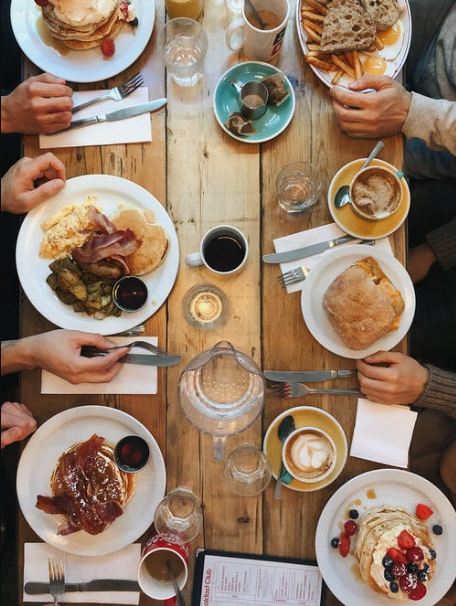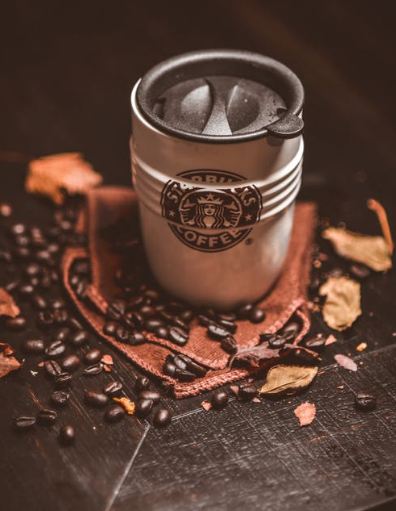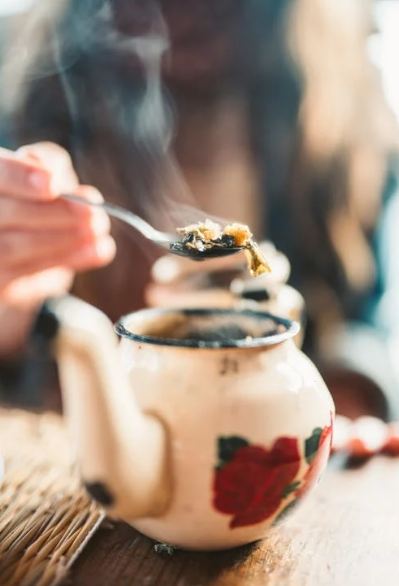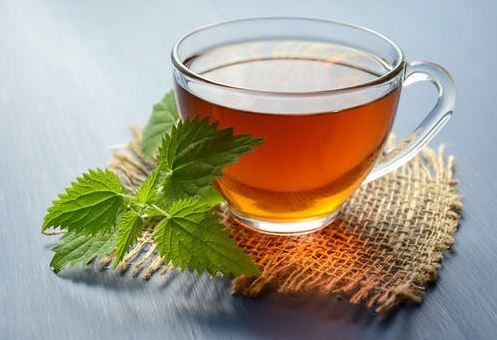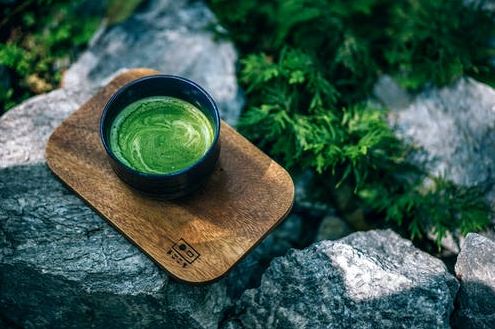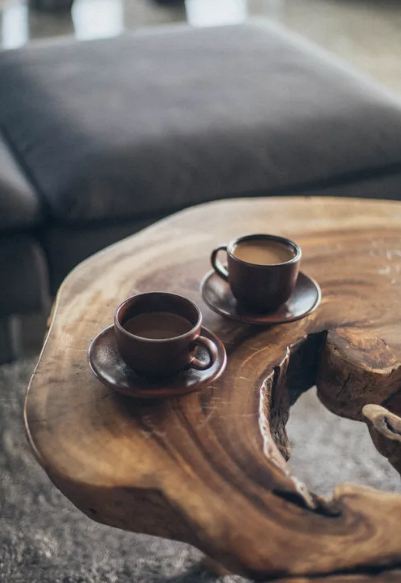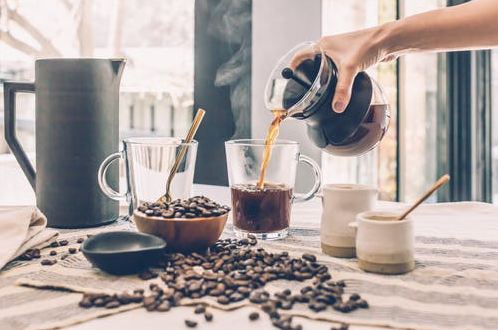It may not be the healthiest habit ever, but most people do need to grab a cup of coffee first thing in the morning. There are quite a few reasons why we shouldn’t be doing this, with the caffeine content in this drink being one of the main deterrents.
The caffeine in your morning cup of coffee will actually depend on the ingredients inside (sweeteners, etc) and the preparation technique for making it. Nevertheless, most of us can agree that the caffeine content in numerous cups of coffee throughout the day is not recommended.
Cutting Down on Caffeine
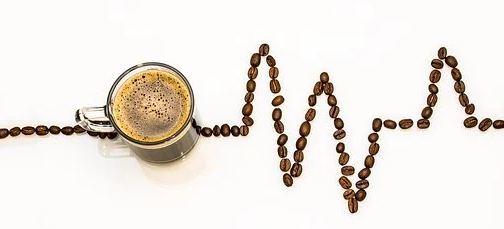
Take too much of this substance though–like 500 mg in one go–and we could start experiencing negative results such as high anxiety, difficulty in sleeping, more restlessness, fidgeting, etc.
Even if you stick to moderate amounts, consuming caffeine can be harmful if you do it regularly over a long period. The effects include migraines, chronic headaches, etc. There’s also the fact that caffeine is a mild additive. Being dependent upon any substance, even a seemingly harmless one like coffee, is not wise.
All of the reasons above might make us consider cutting back on caffeine. Since some of us may not be able to do without a caffeinated beverage of some sort, we may think about switching to tea instead.
There are several advantages to consuming tea instead of coffee. Tea is usually easier to make, and it’s also easily available in several flavors. However, is it really lower in caffeine content than coffee? Let’s discuss this in some detail:
Varying Caffeine Content
The first point to understand here is that caffeine content in both tea and coffee will vary according to their preparation. The type of beans or leaves used as well as their origins also matters.
Generally speaking, though, tea leaves are about 3.5 percent caffeine. When we compare this to the 1.1-2.2 percent that coffee beans have, it might seem like coffee is the drink with lower caffeine.
However, we also have to consider the brewing process. With coffee, the method utilizes very hot water. This manages to extract more caffeine from coffee beans than tea leaves.
Using a Certain Amount
To make a decent cup of coffee, you’d also have to use quite a few coffee beans. On the other hand, it only takes a few quality leaves to make a nice, strong cup of tea.
The result is that your regular cup of coffee usually has more caffeine than a cup of tea. Both might wake you up, but the coffee will have more negative effects in the long run. Of course, this doesn’t mean that you can consume multiple cups of tea without facing the consequences.
Varieties of Tea
Many of us may not realize this, but black, white, and green teas actually come from the same plant. The name of this plant is Camellia sinensis, and it provides the leaves for most of the teas we drink today.
So how come we’ve got all these different kinds of teas from the same source? The difference lies in the time when the leaves were harvested and also the oxidation that the leaves experienced.
For instance, black tea uses leaves that are oxidized. Green a white tea leaves aren’t oxidized at all. This is why black tea has a bolder, sharper flavor than the other kinds. The oxidation also contributes to increasing the caffeine level from the leaves.
A regular cup of black tea measuring around 237 ml will have 47 mg of caffeine inside it. However, if the ionization level is higher, the caffeine level could go up to 90 mg.
Compare this level to a cup of green tea, which will probably have 20 to 45 mg of caffeine. White teas differ greatly according to their origins and the amount you use. The caffeine content could be anywhere from 6 to 60 mg per cup.
Other Tea Types
Many might also consider using matcha tea for its health benefits and different taste. However, keep in mind that this is a high-caffeine tea just like the black kind.
You can usually find matcha tea in a powder form. Using half a teaspoon in one cup will give you about 35 mg caffeine.
Yet another kind of tea is yerba mate, which is a traditional tea consumed in South America. This is made by taking the leaves and twigs of a plant named Ilex paraguariensis. The components are then steeped in water to make tea. The caffeine level is quite high being around 85 mg per cup. Compared to the 95.8 m of caffeine usually present in one cup of coffee, there isn’t much difference between the two drinks.
Some people might think about switching to herbal tea and thus cutting out the caffeine content altogether. However, even if a herbal tea is marked as being non-caffeinated, it might still contain traces of the substance. One mug of herbal tea might have around 12 mg of caffeine. This is negligible when you consume just one cup or mug, but might add up if you sip herbal tea throughout the day.
Varieties of Coffee
A 237 ml cup of regular black coffee has about 95 mg of caffeine inside. Some believe that dark-roasted beans mean a higher caffeine content, but this isn’t true. Roasting doesn’t really have an effect on the caffeine content in the beans.
However, dark roast coffees are not as dense as light roast ones. This means that we might have to use more of the dark virtue, which results in more caffeine in your coffee.
Espresso coffee usually has more caffeine inside, as it’s more concentrated.
Decaffeinated coffee beverages might also be a good idea if you’re looking to cut back on caffeine. Be warned, though; a regular cup of decaf does have around 3 mg of caffeine in a cup. Decaf espresso has around 3 to 16 mg per serving (around 473 ml).
Preparing Tea and Coffee
If the water used for preparing tea is very hot, it will produce a cup with more caffeine. The same goes for steeping; if you leave your tea to steep for a long time, the resulting cup will be more caffeinated than otherwise.
The same goes for coffee; using hotter water will help you get more of the caffeine from the beans. Cold Brewed coffee also exists, but it requires using more of the ground beans. The latter is hence more caffeinated than normal hot coffee.
Conclusion
At the end of the day, it’s probably safe to enjoy any kind of tea or coffee you like. What we should be careful about is the amount we consume throughout the day as well as the time of consumption. As long as we stay below 500 mg a day, we should be fine. However, keep in mind that this also includes the caffeine present in carbonated drinks, energy drinks, and some foods such as chocolate.

